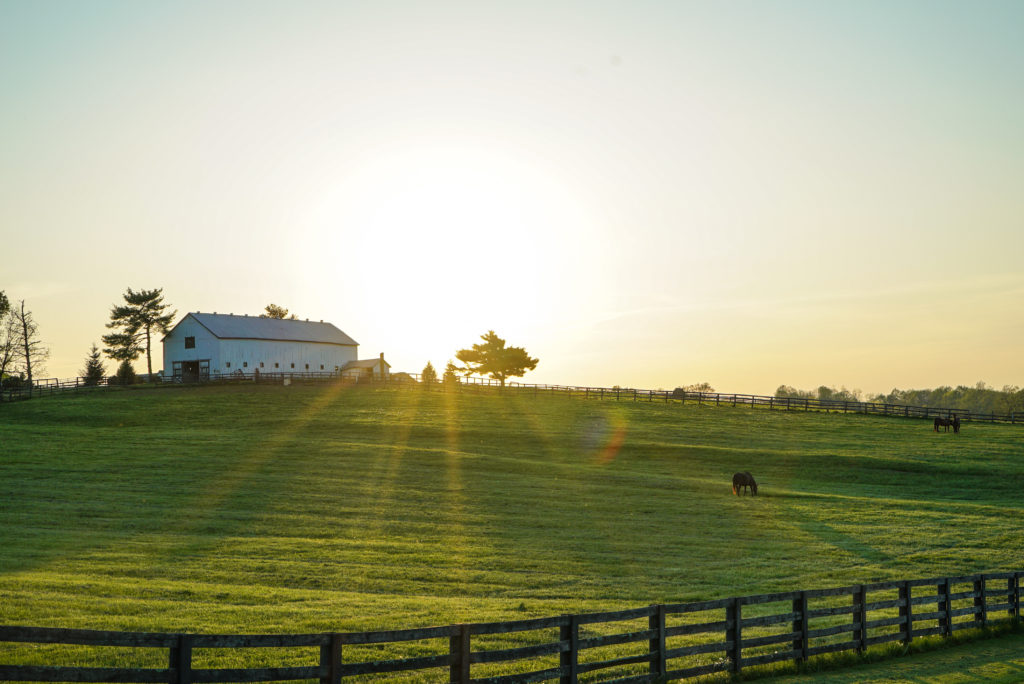In August, the USDA released its Land Values Summary Report for 2020. [View Report here.]

Photo by Brandon Randolph from Pexels
The report indicates that nationwide, land values were stable, showing no change from the 2019 report. For “farm real estate value,” which takes into account the value of all land and buildings on farms, the average value was $3,160. For cropland, the average value was $4,100/acre. For pastureland, the average value was $1,400/acre.
The report also looks at various regional measurements.
- Farm real estate average value is the highest in the Corn Belt region (IL, IN, IA, MO, OH) at $6,110/acre. The highest state value is found in Rhode Island at $16,000/acre. The lowest regional average was $1,240 for the Mountain region (AZ, CO, ID, MT, NV, NM, UT, WY). By way of comparison, Texas and Oklahoma make up the Southern Plains region, which has an average of $2,110.
- For cropland values, New Jersey reports the highest at $13,800/acre, while regionally the Pacific region shows the highest values at an average of $7,240/acre. Southern Plains region reported the lowest cropland average value at $1,930/acre.
- Pasture average value per acre was highest in New Jersey at $13,300 and regionally highest in the Southeast (AL, FL, GA, SC) at $4,230 and lowest in the Mountain region at $687. For the Southern Plains region, pastureland value came in at an average of $1,640.
Looking specifically at Texas:
- Farm real estate average value: $2,170/acre. This is a slight increase from $2,120 last year.
- Cropland average value: $2,030/acre. This is a 5.2% increase from the 2019 value of $1,930. This includes an irrigated average of $2,360 and non-irrigated average of $1,980.
- Pastureland average value: $1,680/acre, up slightly from 2019’s value of $1,660/acre.
For additional information regarding land values in Texas, be sure you check out the Texas Chapter of the American Society of Farm Managers and Rural Appraisers report titled Texas Rural Land Value Trends here.
If you are interested in average cash rent rates for agricultural land, be sure you check out last week’s blog post describing the USDA NASS Cash Rent Survey results.












